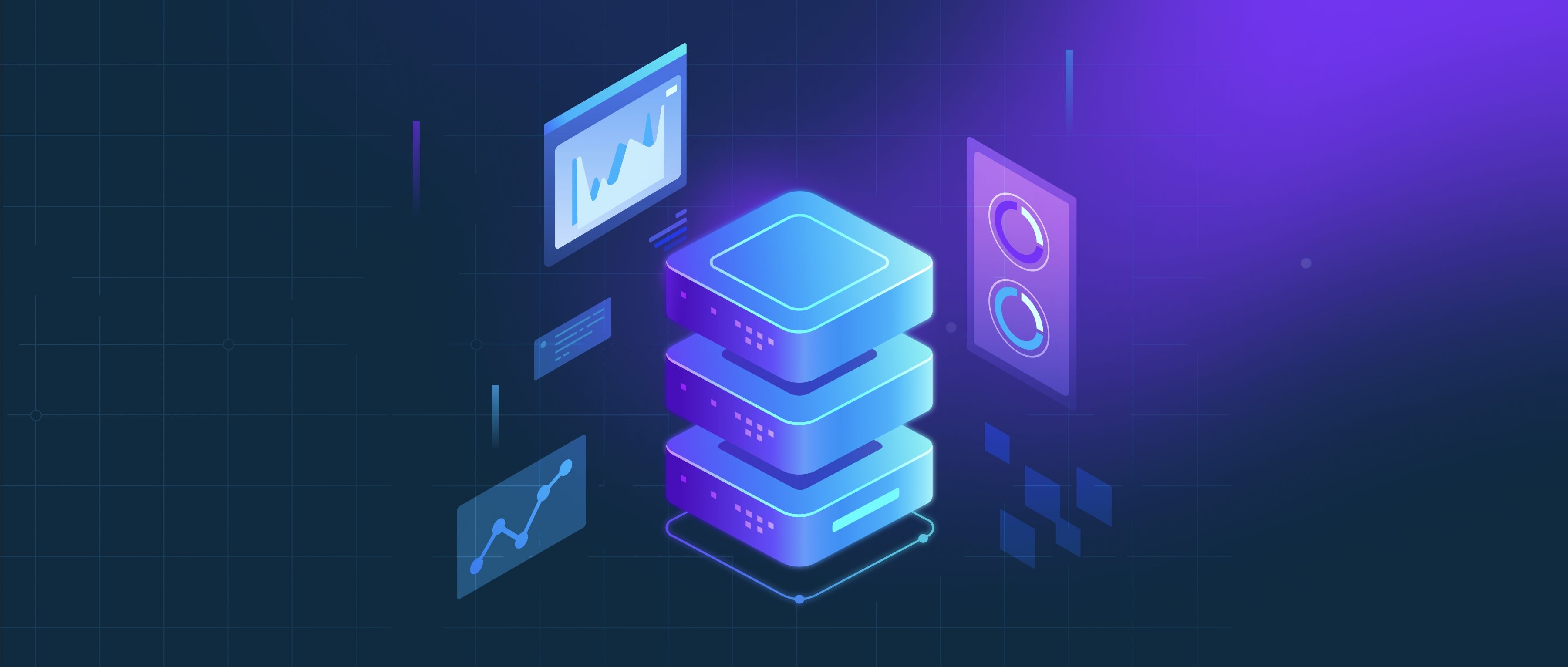Computer vision is closely associated with machine learning but is not strictly a subset of it. According to definitions from sources like Oxford, computer vision is an interdisciplinary field that combines computer science, mathematics, and engineering to enable machines to interpret visual information. While machine learning, particularly deep learning, plays a critical role in modern computer vision, traditional techniques like edge detection or feature extraction do not necessarily involve machine learning. Machine learning enhances computer vision by enabling systems to learn patterns from data, improving their ability to classify images, detect objects, or segment scenes. For instance, models like convolutional neural networks (CNNs) have revolutionized tasks such as image classification and object detection. However, computer vision as a field also incorporates classical methods, such as using mathematical techniques for image enhancement or transformations. In summary, while machine learning is integral to the current state of computer vision, the field encompasses a broader scope that includes traditional image processing techniques.
Is computer vision a part of machine learning?

- The Definitive Guide to Building RAG Apps with LlamaIndex
- How to Pick the Right Vector Database for Your Use Case
- Vector Database 101: Everything You Need to Know
- Advanced Techniques in Vector Database Management
- Master Video AI
- All learn series →
Recommended AI Learn Series
VectorDB for GenAI Apps
Zilliz Cloud is a managed vector database perfect for building GenAI applications.
Try Zilliz Cloud for FreeKeep Reading
How do rule-based and statistical TTS systems differ?
Rule-based and statistical text-to-speech (TTS) systems differ primarily in their underlying methodologies for generatin
How does image compression affect image search?
Image compression significantly impacts image search by influencing both the size and quality of images, which directly
What is multi-tenancy in SaaS?
Multi-tenancy in Software as a Service (SaaS) is an architectural approach where a single instance of a software applica